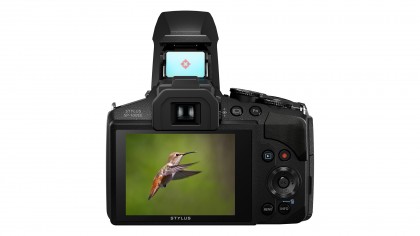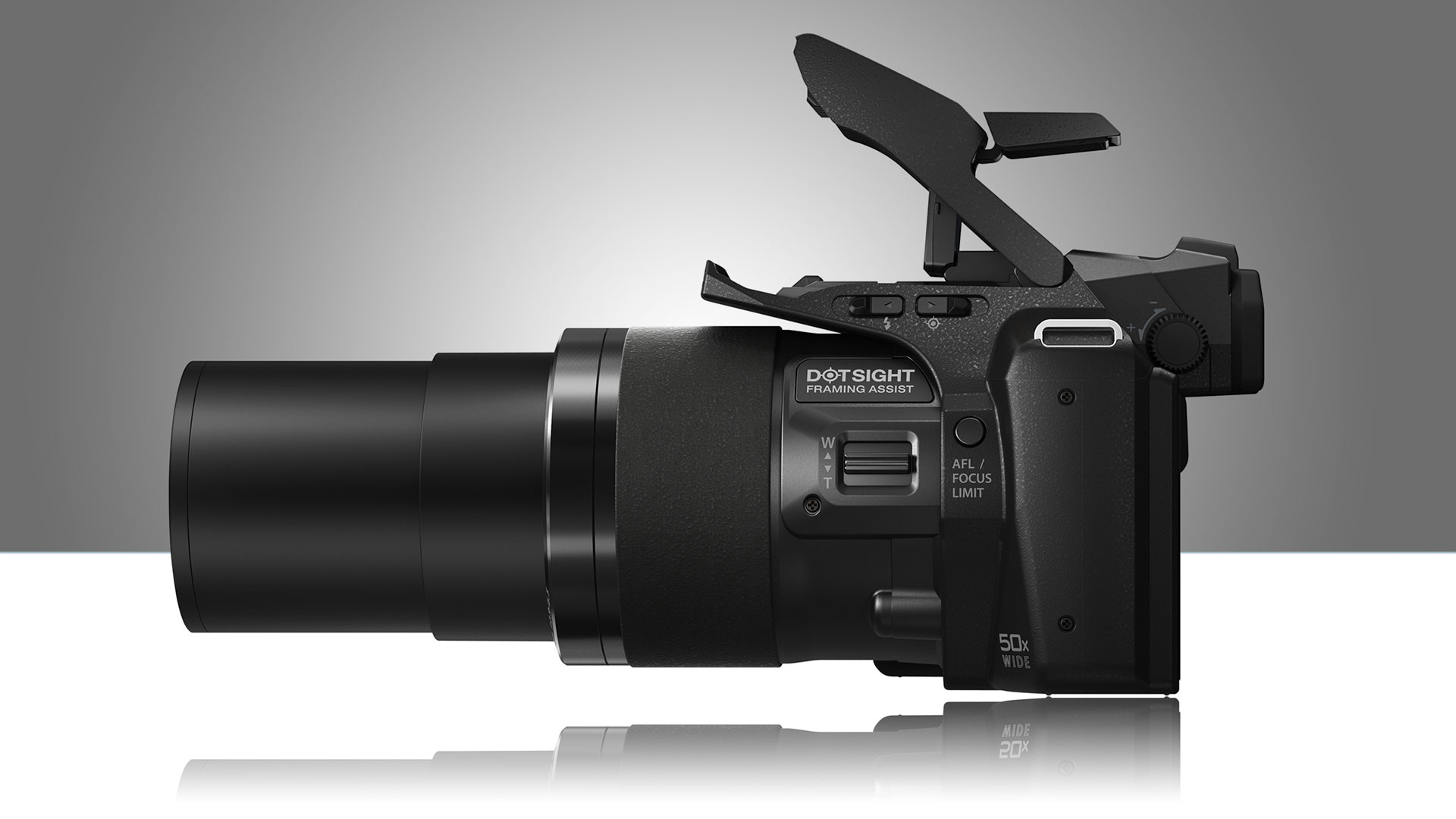TechRadar Verdict
The SP-100E's dot sight is an interesting innovation for framing distant subjects, but the fixed rear screen and lack of raw files hold the Olympus back.
Why you can trust TechRadar
The SP-100E's principal claim to fame is its dot-sight gadget to help you frame and track subjects in the distance – it's the only camera in the world to have one, and it's built into the pop-up flash. If you have trouble keeping your subject in the frame at high magnifications, then this could help. Unfortunately, the SP-100E sadly doesn't feature too many other enticing features.
The 50x zoom range is good, though no longer exceptional, and while you can shoot in program AE, aperture-priority, shutter-priority and manual modes, the SP-100E can't shoot raw files for higher-quality editing later on.
That's not all. The rear screen is fixed, where most rival bridge cameras come with tilting or articulating screens, and while there is an electronic viewfinder it's a little on the small side. Not only that, there's no eye sensor, so you have to switch between the LCD and viewfinder manually.

On the plus side, in good light, images are bright and punchy directly from the camera – though if you examine closely, you will some image smoothing, something which many cameras like this are guilty of. It's caused by the combination of small sensors and high megapixel ratings – the photosites (pixels) on the sensor are so small they produce a lot of noise, which the makers then have to try to process out.
You may want to avoid shooting low light situations, though, if at all possible, because the quality falls at higher ISO settings.
Verdict
The SP-100EE's dot sight is an interesting innovation and could be useful if you're into wildlife photography. The maximum aperture is f/2.9 at the wideangle end of the zoom range, which is good, though this does drop to f/6.5 at full zoom.
Sign up for breaking news, reviews, opinion, top tech deals, and more.

Amy has been writing about cameras, photography and associated tech since 2009. Amy was once part of the photography testing team for Future Publishing working across TechRadar, Digital Camera, PhotoPlus, N Photo and Photography Week. For her photography, she has won awards and has been exhibited. She often partakes in unusual projects - including one intense year where she used a different camera every single day. Amy is currently the Features Editor at Amateur Photographer magazine, and in her increasingly little spare time works across a number of high-profile publications including Wired, Stuff, Digital Camera World, Expert Reviews, and just a little off-tangent, PetsRadar.
